Photo by Pexel
Enhanced Buyer Journey Optimization: A Digital Marketing Imperative for 2025
In the ever-evolving landscape of digital marketing, 2025 promises to be a transformative year. Among the key trends shaping the industry is Enhanced Buyer Journey Optimization. This strategy emphasizes creating a seamless and personalized customer experience throughout the entire buying process, from awareness to post-purchase. For businesses aiming to stay competitive, mastering this approach is essential.
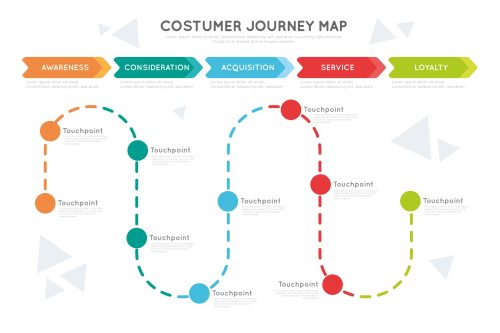
Designed by Freepik
What is Buyer Journey Optimization?
Buyer Journey Optimization involves aligning marketing strategies to the stages of the customer decision-making process. These stages typically include:
- Awareness: The customer recognizes a need or problem.
- Consideration: The customer evaluates potential solutions.
- Decision: The customer chooses a product or service.
- Post-Purchase: The customer’s experience after purchase, including follow-ups and support.
By focusing on these stages, brands can deliver targeted messages and experiences that resonate with their audience, fostering trust and encouraging conversions.
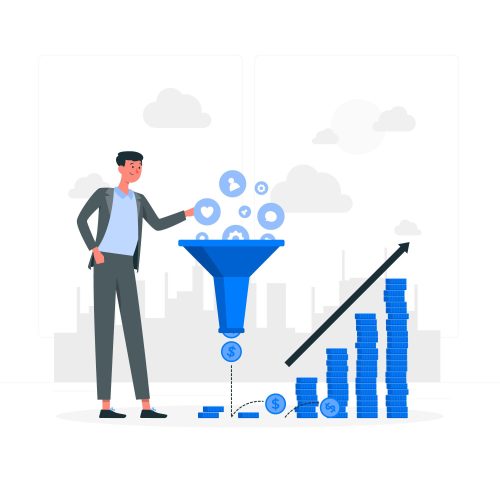
Designed by Freepik
Why Enhanced Buyer Journey Optimization Matters in 2025
Digital marketing in 2025 will be driven by personalization, automation, and data-driven insights. Optimizing the buyer journey leverages these elements to create a cohesive experience. Here are some key reasons why it’s essential:
- Customer Expectations: Consumers expect brands to understand their needs and deliver personalized interactions.
- Increased Competition: As more businesses invest in digital marketing, a well-optimized buyer journey can be a significant differentiator.
- Technological Advancements: Tools like AI and machine learning make it easier to track and respond to customer behavior in real-time.
- Improved ROI: Optimizing each stage of the buyer’s journey reduces wasted resources and enhances conversion rates.
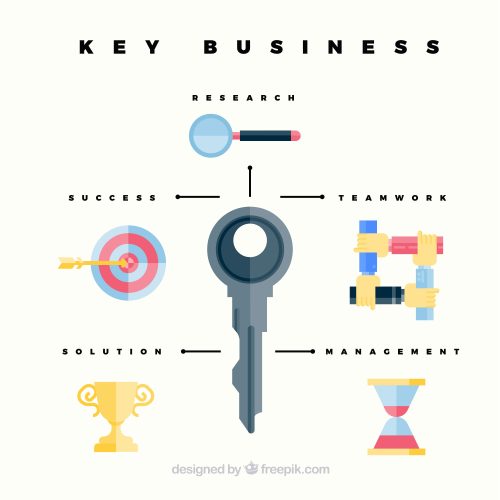
Designed by Freepik
Key Components of Buyer Journey Optimization
To optimize enhanced buyer journey optimizationy effectively, businesses need to focus on several critical components:
1. Comprehensive Journey Mapping
Understanding Enhanced buyer journey optimization is the first step. Enhanced buyer journey optimization involves:
- Identifying Touchpoints: Map out where and how customers interact with your brand, such as through social media, email, or your website.
- Customer Segmentation: Customer segmentation to Group your audience based on demographics, behaviors, and preferences.
- Pinpointing Pain Points: Recognize obstacles that may deter customers from completing their journey.
2. Personalized Content Creation
Content is the backbone of digital marketing. To optimize the buyer journey, ensure your content:
- Aligns with Each Stage: For example:
- Awareness: Educational blog posts or infographics.
- Consideration: Case studies or product comparisons.
- Decision: Testimonials or discounts.
- Uses Targeted Keywords: Incorporate SEO-friendly keywords to improve discoverability.
- Speaks to Your Audience: Craft messages that address specific customer needs and concerns.
3. Omnichannel Marketing
In 2025, buyers expect a unified experience across all platforms. Omnichannel marketing ensures consistency by:
- Integrating online and offline touchpoints.
- Delivering uniform messaging across social media, email, websites, and physical stores.
- Using tools like CRM systems to maintain continuity.
4. AI-Powered Insights
Artificial intelligence is revolutionizing journey optimization. AI tools can:
- Analyze Behavior: Track customer interactions to predict future actions.
- Automate Personalization: Deliver tailored messages based on real-time data.
- Optimize Campaigns: Provide insights into what’s working and what needs improvement.
5. Real-Time Engagement
Engaging customers at the right moment is crucial. Use:
- Chatbots: Provide instant support and answers.
- Live Chat: Humanize interactions and address complex queries.
- Push Notifications: Keep customers informed about offers or updates.
6. Seamless User Experience (UX)
A frictionless UX can make or break the buyer journey. Optimize:
- Website Navigation: Ensure ease of access and quick load times.
- Mobile Responsiveness: Cater to the growing number of mobile users.
- Checkout Processes: Simplify steps to reduce cart abandonment.
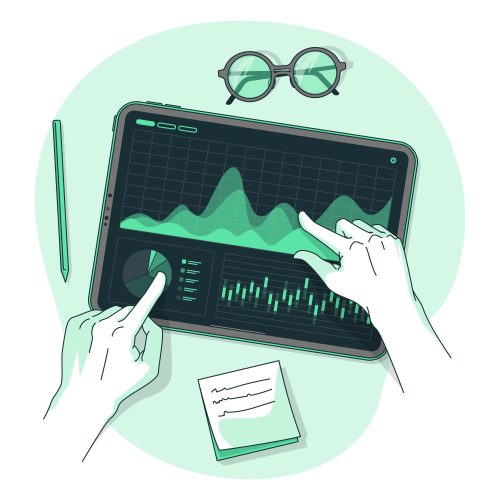
Designed by Freepik
Trends Influencing Buyer Journey Optimization in 2025
1. Voice Search and Conversational AI
With the rise of voice-activated assistants like Alexa and Google Assistant, optimizing for voice search is critical. Content should be conversational and answer specific questions to capture this growing audience.
2. Social Commerce
Platforms like Instagram, TikTok, and Facebook are integrating shopping features, allowing users to purchase directly within the app. Brands must adapt by creating engaging shoppable content and leveraging influencers.
3. Data Privacy and Transparency
Consumers are more aware of data privacy concerns. Transparency in data collection and ethical marketing practices will be non-negotiable in 2025. Clearly communicate how customer data is used and offer value in exchange.
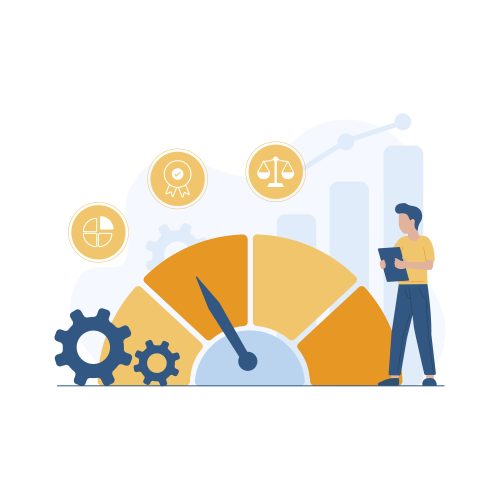
Designed by Freepik
Steps to Implement Buyer Journey Optimization
To adopt Enhanced buyer journey optimization strategy effectively, follow these steps:
- Audit Your Current Journey
- Identify strengths and weaknesses in your current buyer journey.
- Gather feedback from customers to understand their pain points.
- Set Clear Goals
- Define what success looks like for each stage of the journey. For example, increasing awareness through social media impressions or boosting conversions with retargeting ads.
- Leverage Technology
- Use tools like Google Analytics or Salesforce to track customer interactions and gather insights.
- Invest in AI-powered platforms for real-time data analysis.
- Create Stage-Specific Strategies
- Utilize stage- spesific strategies to develop tailored campaigns for each stage of the journey, ensuring alignment with customer needs and expectations.
- Measure and Optimize
- Continuously monitor performance metrics such as click-through rates, conversion rates, and customer satisfaction scores.
- Refine strategies based on data-driven insights.
Case Studies: Brands Excelling at Buyer Journey Optimization
1. Amazon
Amazon’s success lies in its ability to personalize every step of the enhanced buyer journey optimization. From AI-driven product recommendations to a seamless checkout process, Amazon ensures a frictionless experience.
2. Netflix
Netflix uses data analytics to predict viewer preferences and deliver personalized recommendations. This level of customization keeps users engaged and loyal.
3. Nike
Nike combines omnichannel marketing with innovative technologies like AR to enhance the buyer journey. Their app allows users to visualize products and receive personalized fitness recommendations.
The Future of Buyer Journey Optimization
As we move further into 2025, enhanced buyer journey optimization will become increasingly dynamic. Key developments to watch include:
- Integration of AR/VR: These technologies will provide immersive shopping experiences.
- Predictive Analytics: Advanced algorithms will anticipate customer needs before they arise.
- Sustainability as a Focus: Consumers will favor brands that align with their values, particularly sustainability.
Conclusion
Enhanced buyer journey optimization is no longer a nice-to-have but a necessity in the competitive digital marketing landscape of 2025. By understanding your audience, leveraging technology, and delivering personalized experiences, you can not only meet but exceed customer expectations. Businesses that invest in Enhanced buyer journey optimization will see improved customer satisfaction, loyalty, and ultimately, profitability. The time to optimize is now—future-proof your brand by mastering the enhanced buyer journey optimization.
